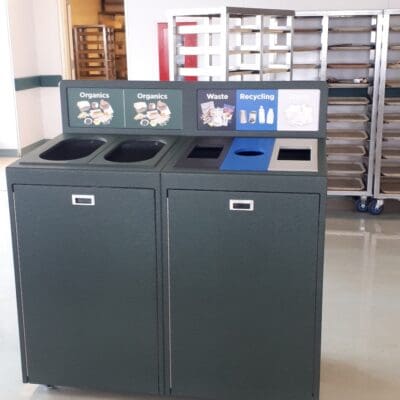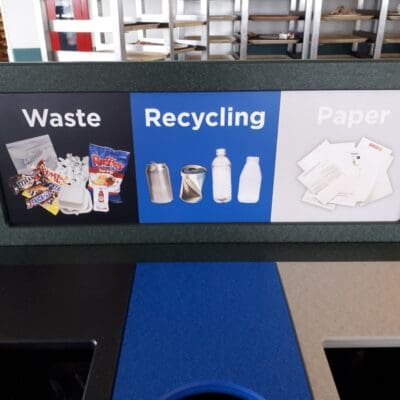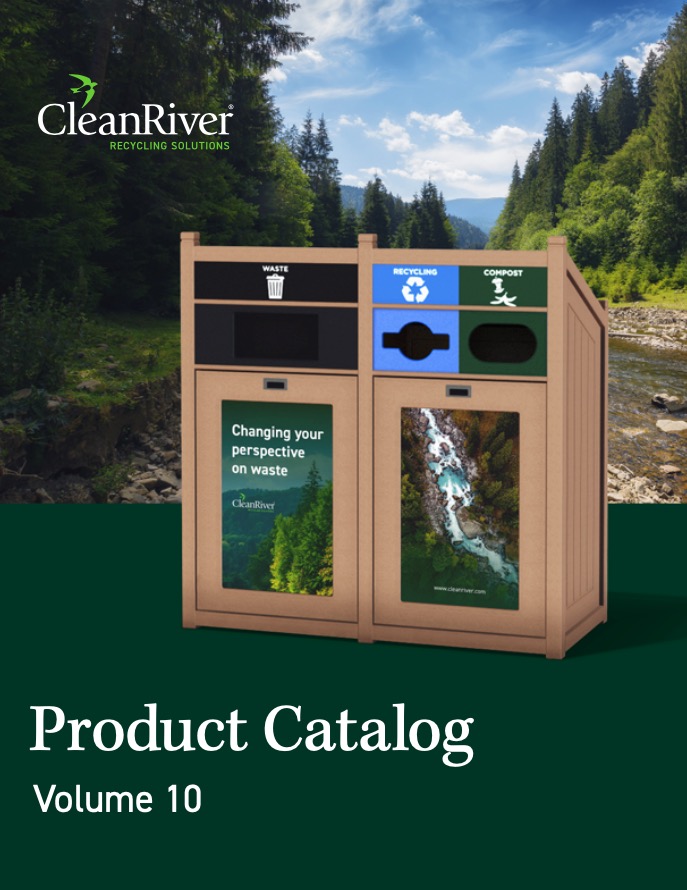Share
Whenever we hear about a company’s recycling program successes, we always hear them talk about a “high waste diversion rate” and how that contributed to the success of their recycling program. But what actually is waste diversion and why is it so important in recycling program success?
In order to help you understand waste diversion and its importance, we’ve compiled the top 5 questions we get asked around waste diversion along with our answers.
Question 1: What Is A Waste Diversion Rate?
Your waste diversion rate represents how much of waste you divert from your facility without burn (incineration) or by (landfill).
When you are looking to improve the success of your recycling program it is critical to know your current waste diversion rate as a benchmark.
Question 2: How Do I Calculate My Waste Diversion Rate?
Step 1:
The first step in finding out your current rate is to conduct a waste audit.
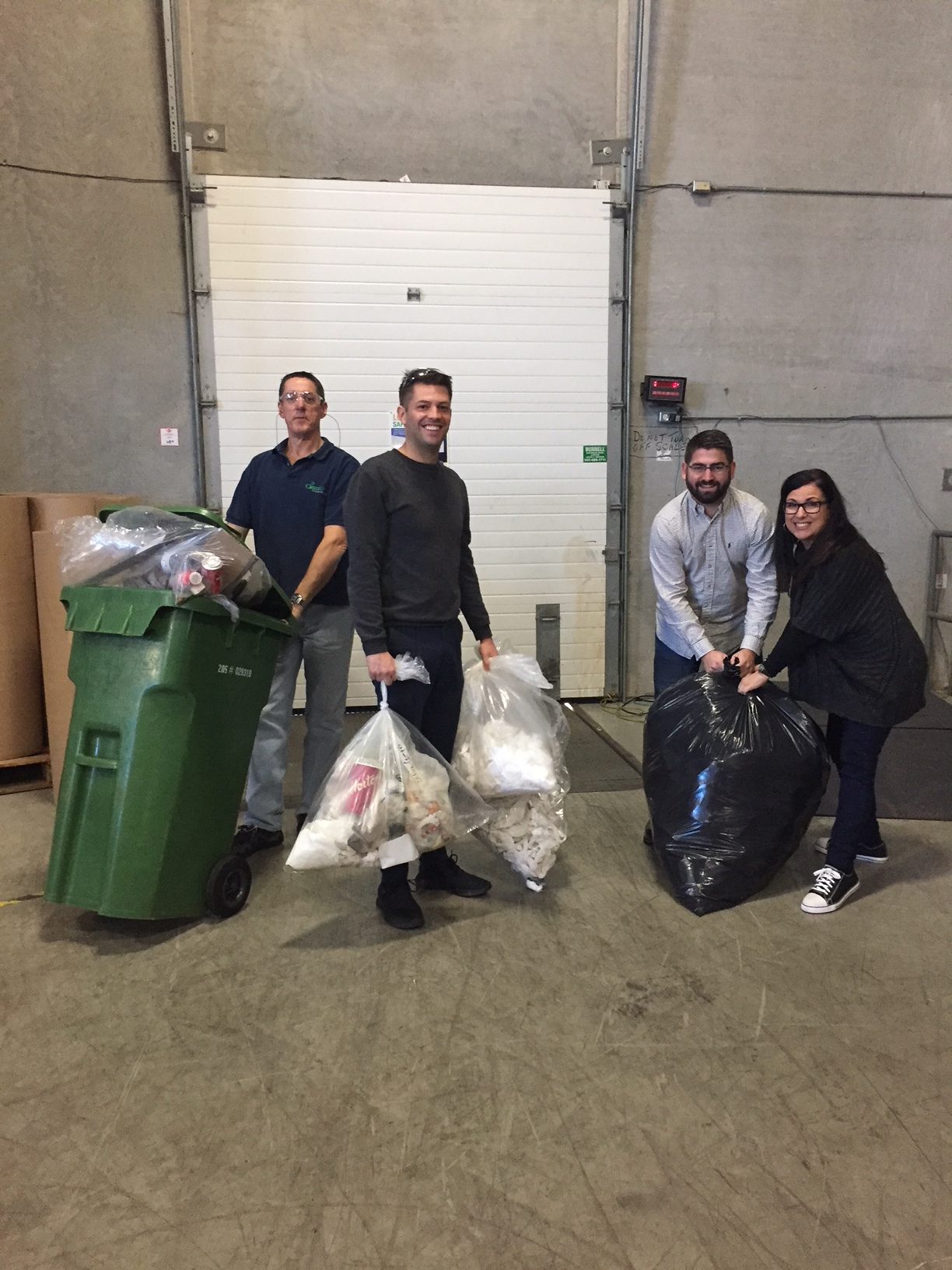
Step 2:
Once you have conducted a thorough waste audit, it’s time to calculate your waste diversion rate.
Collect all the data from your waste audit. Having labeled each bag, you will get a very detailed picture of what is happening within different areas of your business. This can be used for analysis later.
You now have the total weight of recycling, compost and garbage collected by your organization. Use the following formula to work out your waste diversion rate:

Once you have your current waste diversion rate, you can set diversion rate targets for your organization.
Question 3: What Is A Good Waste Diversion Rate And What Should I Aim For?
If your facility is just starting from scratch when it comes to implementing a recycling program, we recommend a good goal to aim for is to increase your waste diversion rate from 0 to 50% within the first year. After you have successfully diverted 50% of your waste from just separating recyclables within the first year or two, the next step to continue to improve your diversion rate would be to consider the value of organics collection and adding a third stream to your program to further divert all compostable items from landfill. Just by adding organics collection your recycling program can begin to divert as much as 75% from landfill. To learn more about the value of organics check out Organics Collection – How Saving the Planet Can Save You Money.
Question 4: Why Is A Good Waste Diversion Rate Important?
Waste diversion is a critical component to any successful recycling program whether its at home, at school or at work. It is not just about effective recycling but more importantly about reducing the amount of waste produced.
Implementing a recycling program at your facility with the intention of increasing your waste diversion rate can have a positive impact on the planet and on your bottom line. Here are just a few of the benefits associated with increased waste diversion rates:
- Cost Savings: When companies make sustainable choices to increase waste diversion and implement recycling programs, they have the potential to sell their recyclable waste for alternative usesthus earning back money that was used to finance the program and in most cases generate even more. As recycling technology continues to make advancements, our metals, plastics and glass only become more precious as the cost of materials go up. Recyclable items these days go beyond cans and bottles. Computers, cell phones and other ewaste are just some of the vast materials recycling companies will reclaim and repurpose. Couple that with the fact that millennials and modern-day consumers are demanding green and sustainable products, getting a recycling program started for your business becomes a no-brainer.

- Financial ROI: Being a sustainable company is more than just doing the right thing, it’s profitable. A global study by MIT Sloan Management Reviewdiscovered that the extent to which a company incorporates sustainability into its business model often correlates to an increase in profit. Recycling is an integral part of sustainability and can generate a substantial financial ROI through cost avoidance and cost savings. For more information about how to make money with your recycling program, check out our blog 10 Step Checklist To Start Making Money With Your Recycling Program.
- Social ROI: CleanRiver’s CEO Bruce Buchan, challenged businesses to think about the impact Social ROI has on their profitability, in relation to their recycling programs:
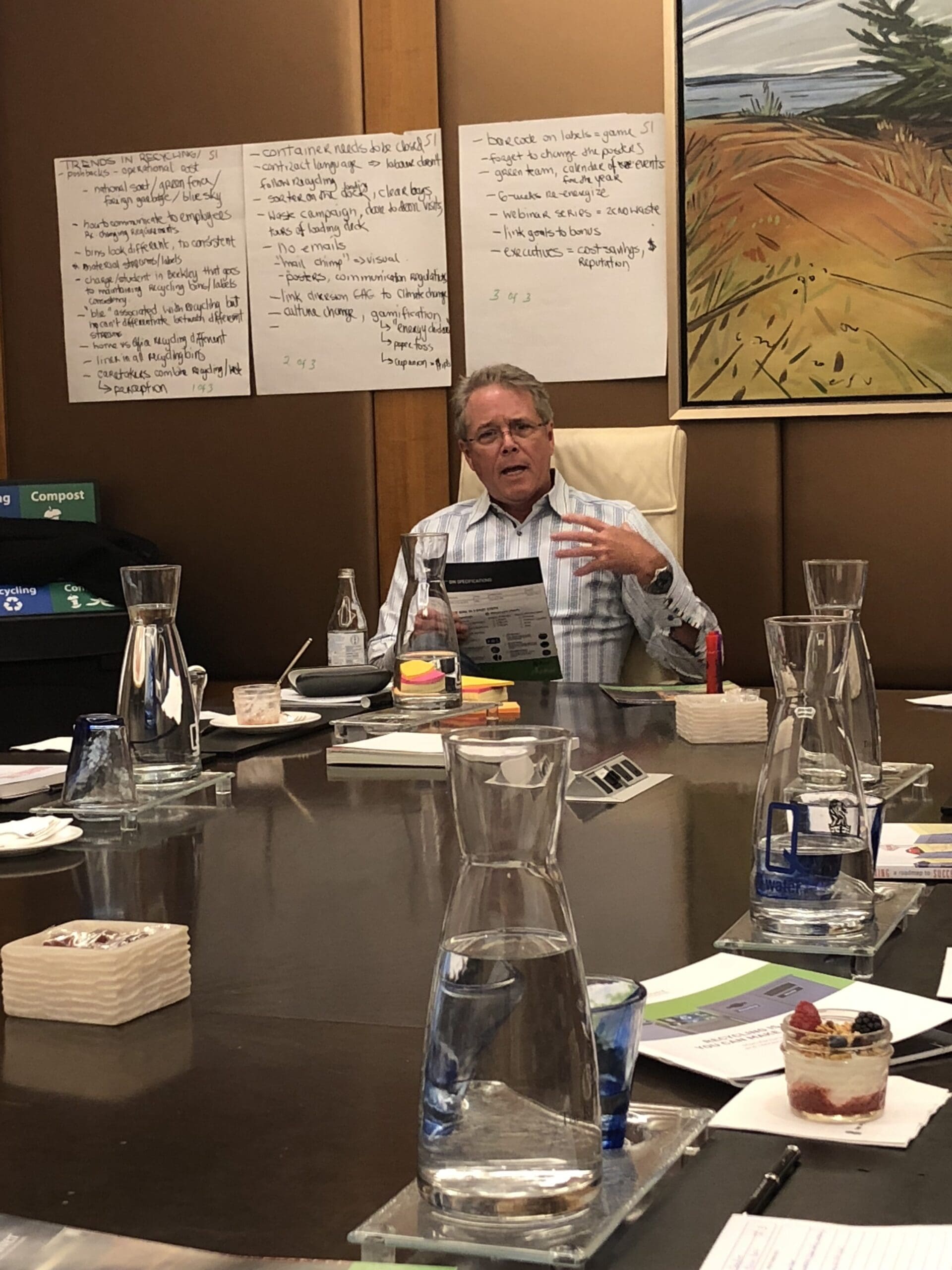
“If 90% of consumers would stop buying your product, or using your service if they perceive you to be greenwashing, imagine the financial impact that would have on your business?”
Buchan believes that consumers will “Love you for trying. But hate you for lying”. In other words, be honest and open with what’s happening with your recycling program, consumers will appreciate your efforts. They won’t however appreciate feeling like they are being lied to which often happens when they see things like the waste and recycling all going into the same bin.
Below are three simple communication strategies to help employees, customers, students and other key stakeholders know what you are doing and help them get on board with your recycling program:
- Tell people about your recycling program
- Let everyone know what you’re collecting and why (use high-impact graphics on your bins)
- Show everyone your goals and how you are measuring up
- Protect Our Community: We can work to eliminate leeching and contamination of soil and water when we divert more waste from landfill.
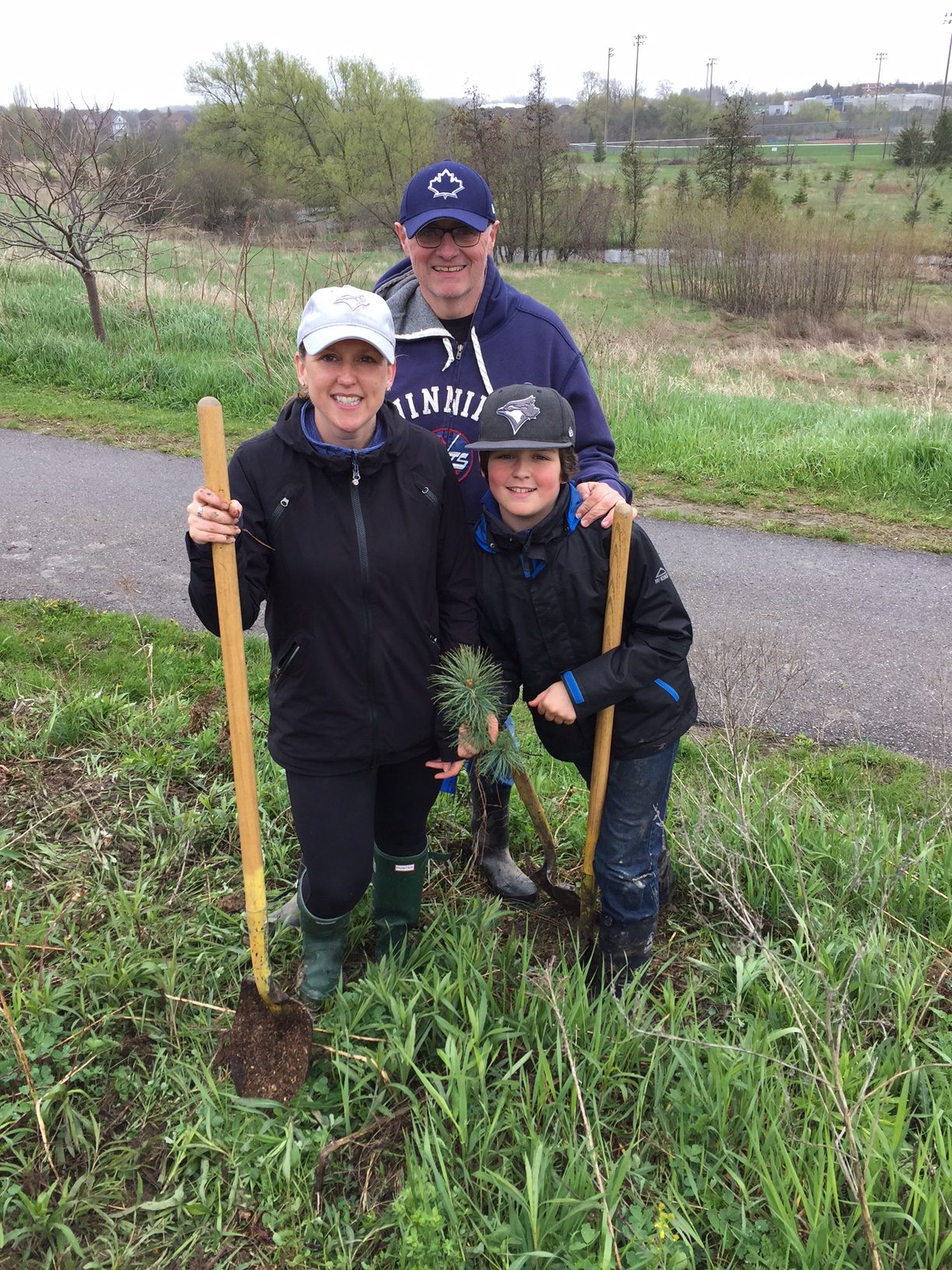
- A Better Economy: As more and more companies aim to increase their waste diversion rate and transition towards zero waste, the recycling, composting and reuse industries can create at least 9 times more jobs than landfills and incinerators, and as more as 30 times more jobs.
For more information on waste diversion, check out our blog The Dirty Dozen: 12 Items that You think ARE Recyclable but really AREN’T! and our ebook A How-To Guide for Waste Audit Success.
CleanRiver Recycling provides a variety of innovative, flexible and customizable recycling solutions. To determine the right solution to meet your needs, use the CleanRiver product selector.
If you have additional questions that weren’t answered in this blog post please call us at 1-888-646-4246 or email solutions@cleanriver.com.

